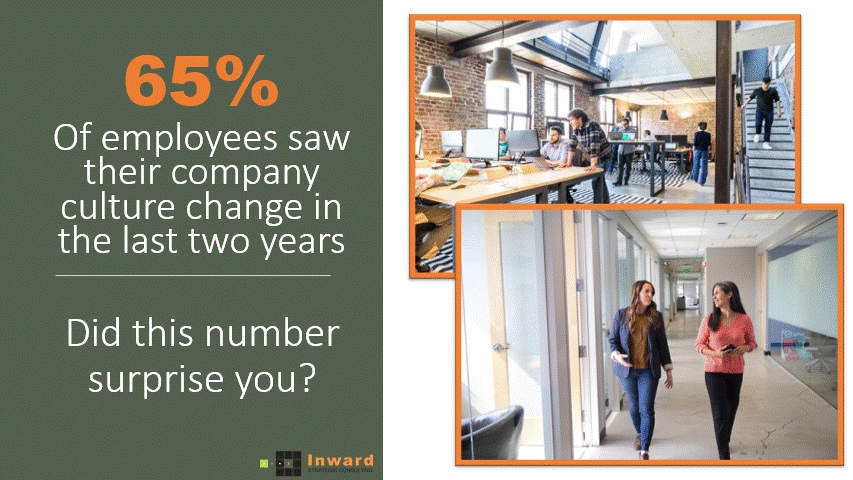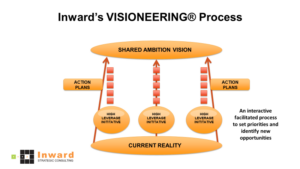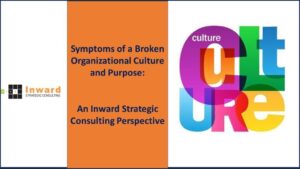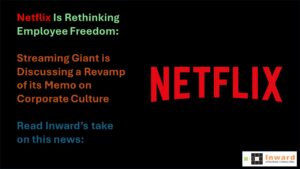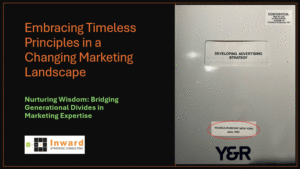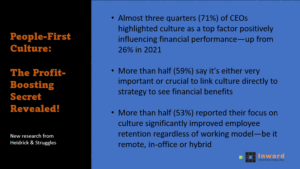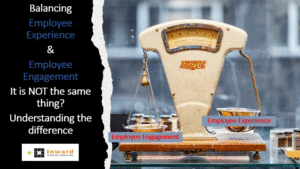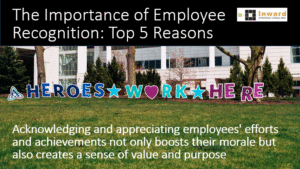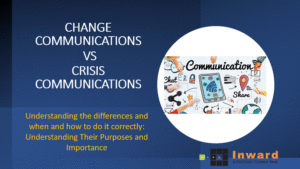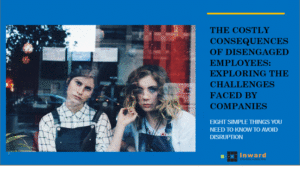The other day, I received a report from Quantum Workplace, stating that 65 percent of employees had perceived a shift in their organization’s culture over the last two years. Considering the pandemic’s impact, this makes sense; however, the number still seems low. With an increase in remote work, restaurant business closure, etc., I would have expected the number to be much higher, around 75 to 85 percent. I anticipated a change in cultural understanding when I wrote a blog post two years ago entitled DISCONNECTEDNESS. APART NOT ALONE.
What is company culture, and why does this perceived shift matter? From my experience, I have come to understand a company’s culture as an amalgamation that starts with a clear corporate vision (WHERE), a mission (WHAT), behaviors and values (HOW), and purpose (WHY) the company exists. Attaining a strong purpose and culture is an ongoing journey for any company.

Having a strong company culture and a motivating brand purpose is of the upmost importance in today’s working environment. However, company culture must be aligned with purpose and customer values. If the company’s purpose and culture are inconsistent with the customer’s perception of the company, there will be a breakdown in customer experience.
Company culture and brand purpose directly impact every measurable facet of an organization’s success, including the ability to attract and retain effective employees. However, culture and purpose are not developed overnight. They are derived, over time, from the people, beliefs, behaviors, leadership, development, and more, of an organization.
Research has pointed out five key human values that are present across the most effective organizations. They are as follows: (1) eliciting, (2) enabling, (3) inspiring, (4) evoking, and (5) impacting. A company’s values should impact not only internal behavior, beliefs, and decision-making but also external communication.

How does a company implement these human values?
Just like people, businesses need a guiding star in order to remain focused on their goals and rally their workforce behind a common purpose. In fact, purpose-driven brands outperform competitors on multiple levels, with greater customer loyalty, stronger brand affinity, and more powerful marketing campaigns.
Key drivers of employee culture engagement include the following:
- Frequent performance feedback from subordinates, peers, and supervisors.
- Transparency and fairness in both internal and external communications.
- Goal alignment across the organization.
- Employee autonomy: giving employees the power to drive decision-making in their own disciplines.
- Rewards and recognition for employees who portray strong culture alignment.
Culture is more than a word. Culture represents the vision, mission, values, and purpose of a company. Therefore, culture influences not only how a company behaves in the marketplace to employees and customers but also how that company makes decisions. Are decisions made with transparency, fairness, and strategic clarity? Culture decides. When culture and brand purpose are nurtured effectively, employees become brand advocates, and customers develop a deeper relationship with the brand that increases the company’s profitability in the long run.
Allan Steinmetz CEO


